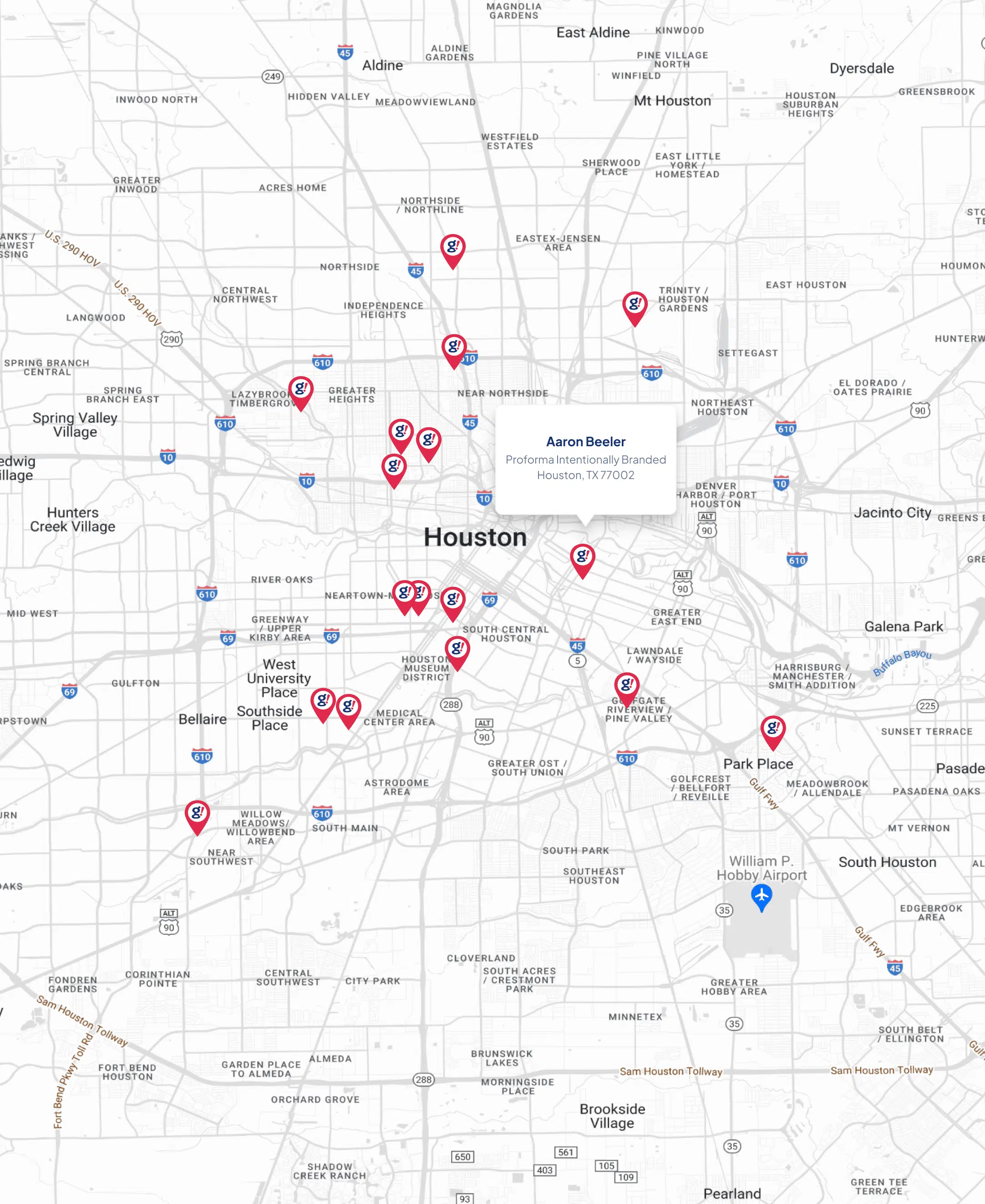5 ABM Personalization Techniques for B2B Online Marketers
- Updated on: 2020-10-22
- Read original article here

Account-based marketing strategy and personalization technology are the ultimate dynamic duo when it comes to B2B online marketing. There’s nothing to expand the capabilities of an ABM focus on high-value target accounts and verticals like personalization software, because it allows you so much control over your website and cross-channel marketing on an individual or segmentation basis, in a completely scalable way.
If this perfect combination is new to you, you may be asking yourself, “What use of personalization would make the most sense for my specific B2B marketing needs?” This article is meant to examine a few ways to approach ABM personalization, and hopefully at least one or two of them will be applicable to your unique case.
This one applies to almost all ABM personalization because it’s rare that you won’t be using data synchronized from your CRM in a B2B context, for a variety of strategies.
Some of the most commonly used CRM data for targeting are visitors’ industry, role in the company, account type, company size, or stage in the funnel. Normally, this data would be sitting in your CRM underutilized, but with personalization, you can change the look and feel as well as messaging of your entire site based on this segmentation.
For instance, executives vs. technical roles, or medical vs. media industries can see totally different header images, calls to action, testimonials, blog posts, and other content.
One unique way to utilize personalization on a B2B site is through personalized landing pages. This can involve simply adding a personal touch to landing pages, but also to reduce the actual number of landing pages you need to create in your CMS. Rather than create numerous landing pages for different verticals, you can make different “versions” of a single landing page by making most of the critical content targeted by segment.
For instance, let’s say your website is for a SaaS solution, and you’re working on landing pages for particular features. The old way to do this would be to create separate pages in your CMS, that market to different segments based on industry, role, etc.
However, what I’m suggesting is to instead create one single landing page, but all of the most important content on that page (header image, text, calls to action, etc.) will change based on the segmentation from your CRM targeting. For instance, for a SaaS website, on the page for the analytics features, you can show images and examples that are specific to the visitor’s industry, so someone in banking would see examples from finance, and a manufacturer would see more industrial examples.
ABM applications of content recommendations are often unique from how typical content sites might use them. Rather than just showing your blog posts according to individual interests, you can use algorithms that take account of both interests from previous interactions alongside CRM variables like industry or role, to show assets that are most relevant to each lead.
Normally, content assets like case studies, testimonials, white papers, or ebooks would be relatively static, but using content recommendation algorithms, they can be highly catered to the individual, based on both their CRM segments and unique individual interests. This will give your high value lead the impression that your company is perfect for them.
For instance, someone from management can be browsing your marketing agency website, and in the past, they searched for SEO. You can not only show them testimonials and case studies that are tagged SEO but also with messaging and calls to action catered to someone in management.
Everyone should know by this point that personalized emails perform better, but what about the landing pages they click through to? Again, rather than having to create a dozen or more landing pages to accomplish this, you simply create one with targeted content that swaps out based on the lead’s segment, based on the email they clicked through from.
Creating a continuous experience across channels from email to landing page that is personalized according to your high-value leads’ unique interests is an extremely effective way of increasing the success of such campaigns. If they had any uncertainty when they read the email, it will be alleviated when the landing page matches their interest perfectly.
One thing you may never have thought possible before personalization technology is to insert the name of your leads into your actual content, as well as other relevant information based on CRM variables, such as where they are in your funnel.
For instance, you may have a lead who has already attended a consultation with your PR firm, who has returned to the site. Not only can you feel comfortable inserting their name now, because they have spoken with you in a meeting, but you can also show messaging and calls to action that are designed to nudge them to take the next step, rather than the version of the site they saw when they first arrived.
You can even include relevant data you took from their consultation, such as changing your mid-page CTA to something like, “Anna, LiedenHouse is currently growing by 50 clients per month, let’s chat about how we can raise that to 300 or more, within 6 months’ time.” Because you’ll be doing this systematically, the numbers, name, and company name will simply be pulled directly from the CRM.
Personalization technology is revolutionary for online marketing, yet still underutilized in many B2B sectors. That means there’s still an opportunity to get ahead of the competition and create highly tailored experiences for your high-value ABM leads. Check out this short presentation about ABM personalization.



